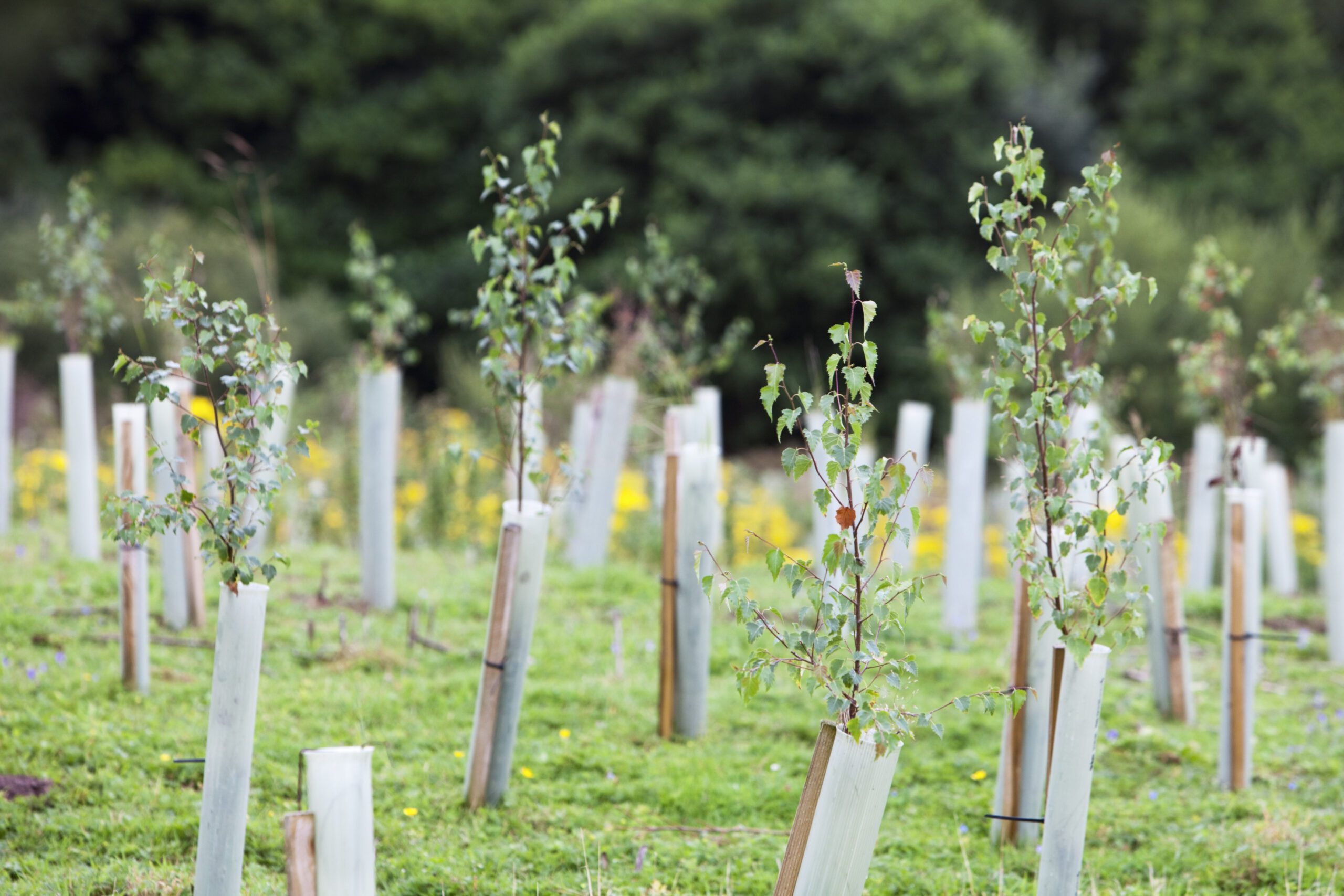How Forests Influence the Water Cycle
Forests play a vital role in the water cycle, helping to regulate rainfall, prevent flooding, and sustain ecosystems. By supporting tree planting initiatives and eco-friendly projects, we can protect forests and ensure a stable water supply. This post explores how forests interact with the water cycle and their impact on the environment.
The Role of Trees in Water Regulation
1. Absorbing Rainwater
Forests absorb rainfall through their roots, allowing water to penetrate the soil instead of running off the surface.
- Key Impact: Reduces soil erosion and replenishes underground aquifers.
- Example: Tree planting projects in Leicester focus on improving water retention in urban areas.
Learn more at The Woodland Trust.
2. Preventing Flooding
Tree roots stabilise soil, reducing the risk of landslides and flooding during heavy rainfall.
- Key Benefit: Slows down water runoff, allowing it to be absorbed naturally.
- Focus: Reforestation supports natural flood defences, protecting communities from extreme weather events.
Trees and Evapotranspiration
3. Releasing Water Vapour
Trees release water vapour into the atmosphere through a process called evapotranspiration.
- Key Impact: This contributes to cloud formation and regulates local rainfall patterns.
- Benefit: Forests act as natural air conditioners, cooling the surrounding environment.
4. Maintaining Regional Rainfall
Forests recycle moisture, creating a continuous water cycle that sustains agriculture and drinking water supplies.
- Key Impact: Supports local and regional climates, reducing drought risks.
- Example: Tropical rainforests influence weather patterns across continents.
The Impact of Deforestation on the Water Cycle
5. Disrupting Rainfall Patterns
Deforestation reduces evapotranspiration, leading to less rainfall and drier climates.
- Key Issue: Loss of trees can create desert-like conditions in affected areas.
- Focus: Climate change action is needed to reverse these effects through tree planting initiatives.
6. Increasing Soil Erosion
Without tree roots to hold soil in place, heavy rain can wash away topsoil, damaging ecosystems and reducing water quality.
- Key Impact: Causes sedimentation in rivers and streams, affecting wildlife habitats.
- Solution: Supporting reforestation helps restore soil stability and prevents erosion.
How to Support Forest Restoration
- Volunteer for tree planting projects in Leicester and beyond to rebuild natural habitats.
- Donate to an environmental charity focused on reforestation and climate change action.
- Advocate for eco-friendly projects that protect forests and support wildlife.
Discover ways to contribute at EcoClicks.
Conclusion
Forests are essential to the water cycle, regulating rainfall, reducing floods, and maintaining healthy ecosystems. Protecting forests through tree planting initiatives and climate change action ensures a sustainable water supply and supports biodiversity. By getting involved in eco-friendly projects, we can help safeguard forests and promote a greener future.
Take action today to protect forests and restore the water cycle. Visit EcoClicks.co.uk to support reforestation efforts and create a sustainable future.

